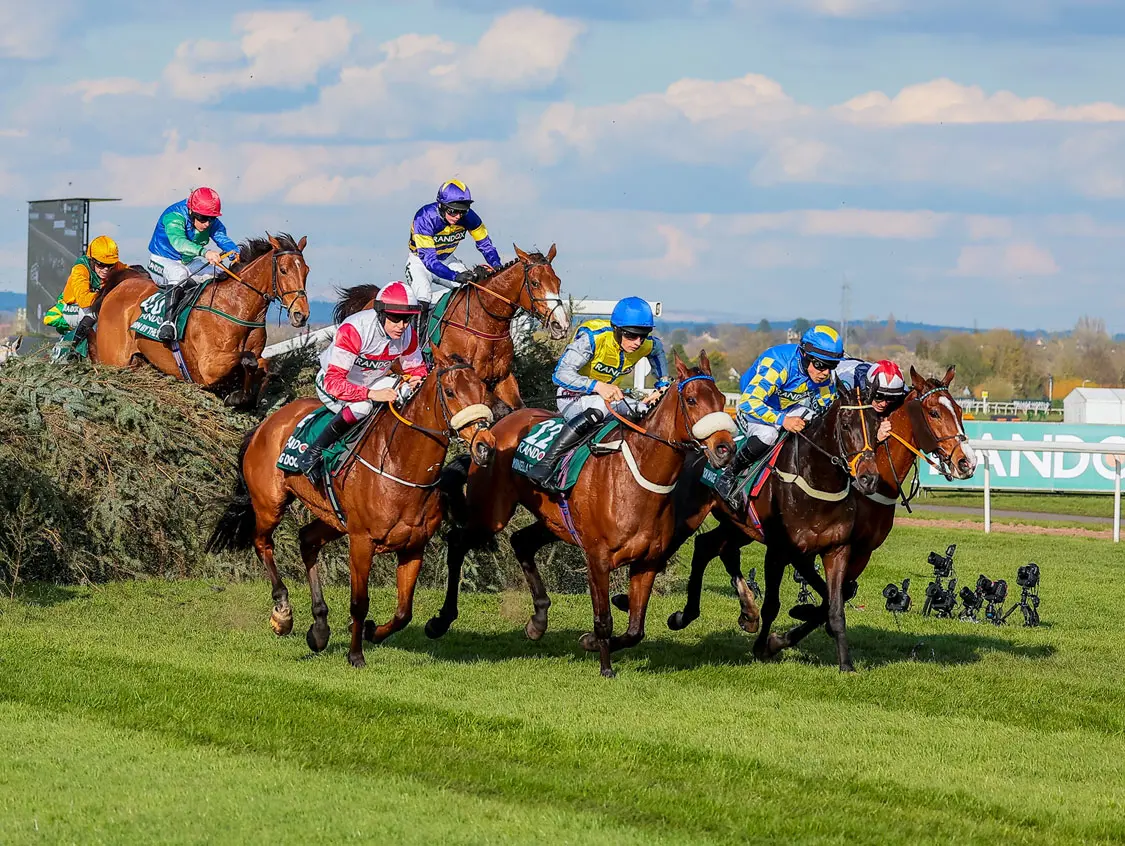SAFETY AND WELFARE AT THE RANDOX GRAND NATIONAL
The Randox Grand National is the world’s most famous jump race, loved by millions across the nation and beyond. It takes place over 4 miles 2½ furlongs and 30 specially designed, iconic fences.

Safety and welfare at the Randox Grand National
The Randox Grand National is the world’s most famous jump race, loved by millions across the nation and beyond. It takes place over 4 miles 2½ furlongs and 30 specially designed, iconic fences.
The safety of all participants is the number one priority of the Jockey Club and Aintree Racecourse, the guardians of the people’s race.
Over £2 million has been invested into the racecourse and equine safety measures in the last decade alone. The Grand National remains a unique but fair challenge for horse and rider, but one which has evolved with time to reduce avoidable risk as much as possible, while retaining the character of the race.
Some recent examples of this investment, many of which were proposed as the result of a comprehensive review in 2012, are:
Every fence on the course was modified prior to the 2013 running, with the inner frames changed from wooden posts to either flexible plastic (standard fences) or natural birch (open ditches).
Moving the start both in terms of timing and location to ensure the calmest possible environment for horse and riders.
£400,000 has been spent on enhancing Aintree's watering system to help the team to prepare the safest possible jumping ground.
Levelling up landing areas for fences has been conducted, where necessary, to provide a more level landing, including at Becher’s Brook
Building a first-class covered wash down area with large misting fans and giant hoses to cool horses down after racing.
Before competing in the race every horse is assessed by the Grand National Review Panel, a team of industry experts whose role is to determine that a horse has the required qualities to compete in the race.
Every runner given a thorough pre-race assessment by vets to ensure they are in full fitness, alongside a review of all medication records.
The faller rate in the Randox Grand National has decreased by 31% over the last 20 years, with the faller rate in the five races that take place on the course across each season down 45% in the same period.
Aintree will never stand still on ensuring the safety of all participants, working closely with the BHA to ensure the Grand National continues to evolve and be as safe as is possible for those competing in it. Following a period of six years without a fatal injury from 2013 to 2018, the last few runnings of the race have, unfortunately, witnessed fatal injuries. As a result Aintree Racecourse has taken further steps to improve safety in the race, including:
Reducing the field size from 40 to a maximum of 34 runners
Moving the first fence 60 yards closer to the start to slow the early stages of the race, alongside implementing a standing start
Bringing forward the start time of the race to help ensure that Aintree can provide the optimal ground conditions
Reducing the height of Fence 11 by two inches
Introducing foam and rubber toe boards on every fence
Further investments in irrigation
Raising the minimum handicap rating for horses running in the race to 130
Grand National data since the full implementation of the 2012 Grand National Review and rebuilding of the 30 fences:
Year | Runners | Fallers | Pulled-Up | Total non- completions* | Fatal Injuries |
|---|---|---|---|---|---|
2013 | 40 | 2 | 14 | 23 | 0 |
2014 | 40 | 8 | 7 | 22 | 0 |
2015 | 39 | 8 | 9 | 20 | 0 |
2016 | 39 | 5 | 12 | 23 | 0 |
2017 | 40 | 3 | 13 | 21 | 0 |
2018 | 38 | 6 | 13 | 26 | 0 |
2019 | 40 | 3 | 14 | 21 | 1 |
2020 | n/a | n/a | n/a | n/a | n/a |
2021 | 40 | 5 | 15 | 25 | 1 |
2022 | 40 | 5 | 10 | 25 | 2 |
2023 | 39 | 4 | 7 | 22 | 1 |
* “Non-completions” includes fallers, unseated riders, horses being pulled up, brought down by other fallers or running out of the race